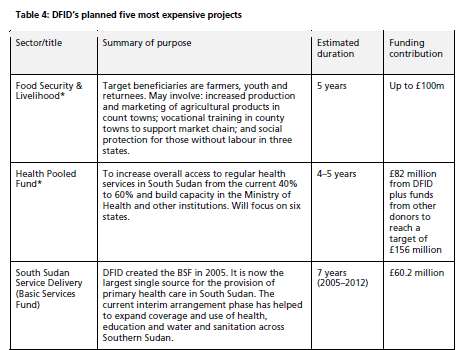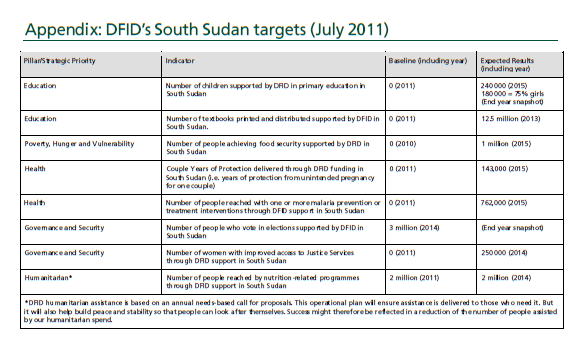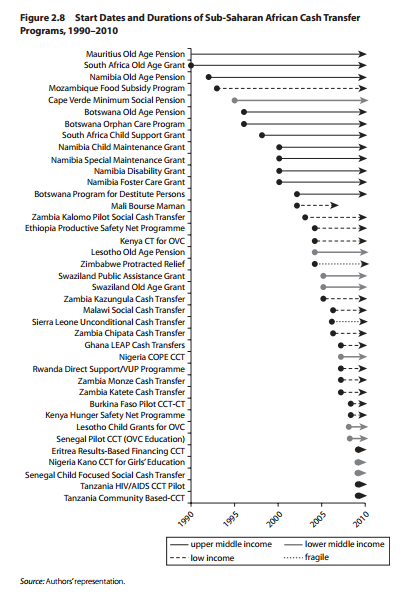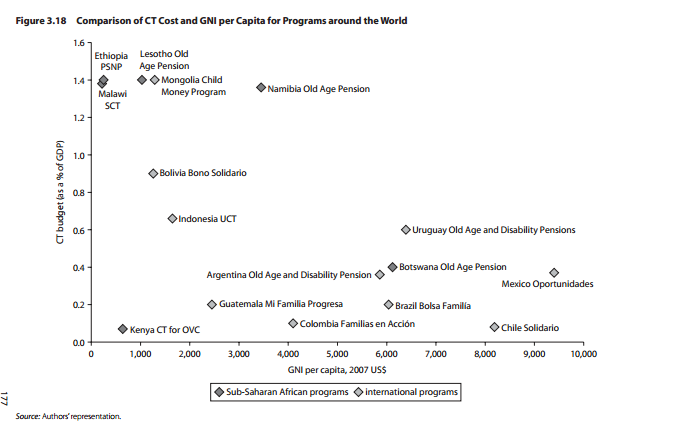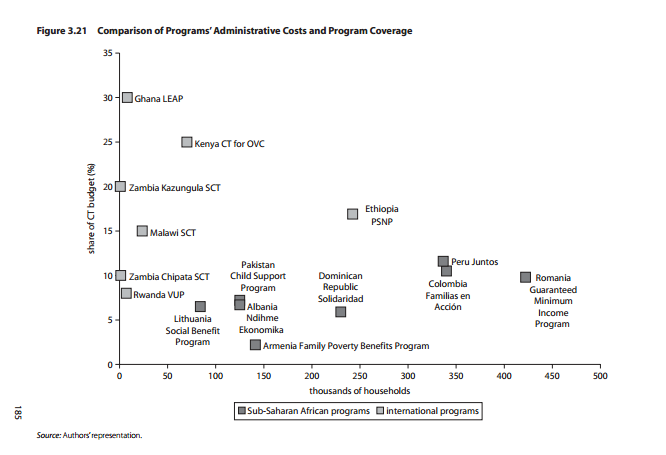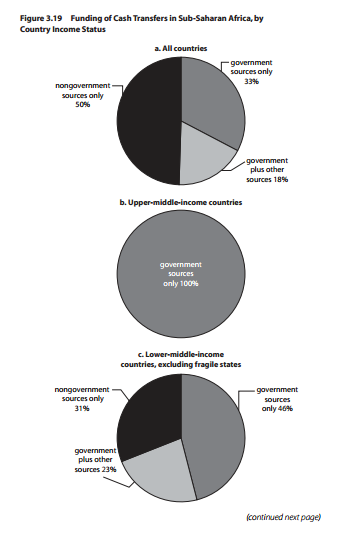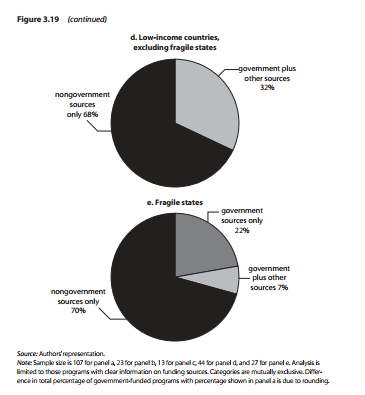Stefan Dercon wrote a paper a couple of years ago about how cash transfers might boost growth - by focusing on investments in ECD, smoothing geographical mobility, or smoothing the school-to-work transition.
To those possible avenues, Harold Alderman and Ruslan Yemtsov (ungated) now add:
But this political point goes beyond relaxing barriers to policy change, to relaxing barriers to technological change. Otis Reid pointed out to me this paper by economic historians Avner Greif and Murat Iyigun which argues that:
To those possible avenues, Harold Alderman and Ruslan Yemtsov (ungated) now add:
- improving financial markets
- improving insurance markets
- improving infrastructure (through public works programmes), and
- relaxing political barriers to policy change
But this political point goes beyond relaxing barriers to policy change, to relaxing barriers to technological change. Otis Reid pointed out to me this paper by economic historians Avner Greif and Murat Iyigun which argues that:
"England’s premodern social institutions-specifically, the Old Poor Law (1601-1834)-contributed to her transition to the modern economy. It reduced violent, innovation-inhibiting reactions from the economic agents threatened by economic change."To be crude - it's worth paying off the Luddites so they don't get in the way of growth-enhancing technological change.
